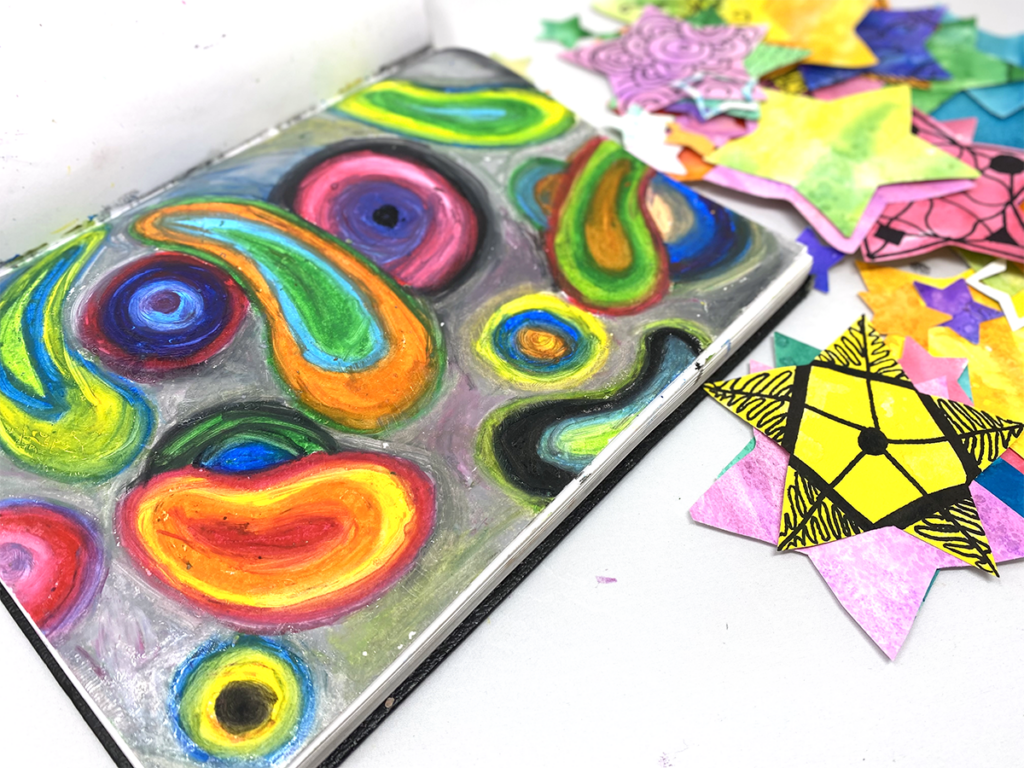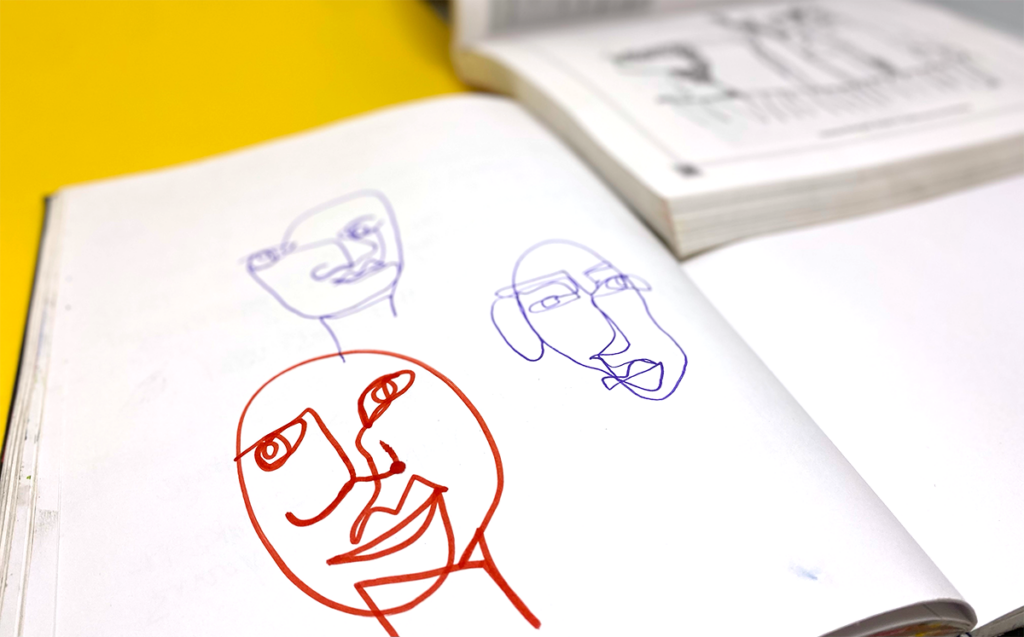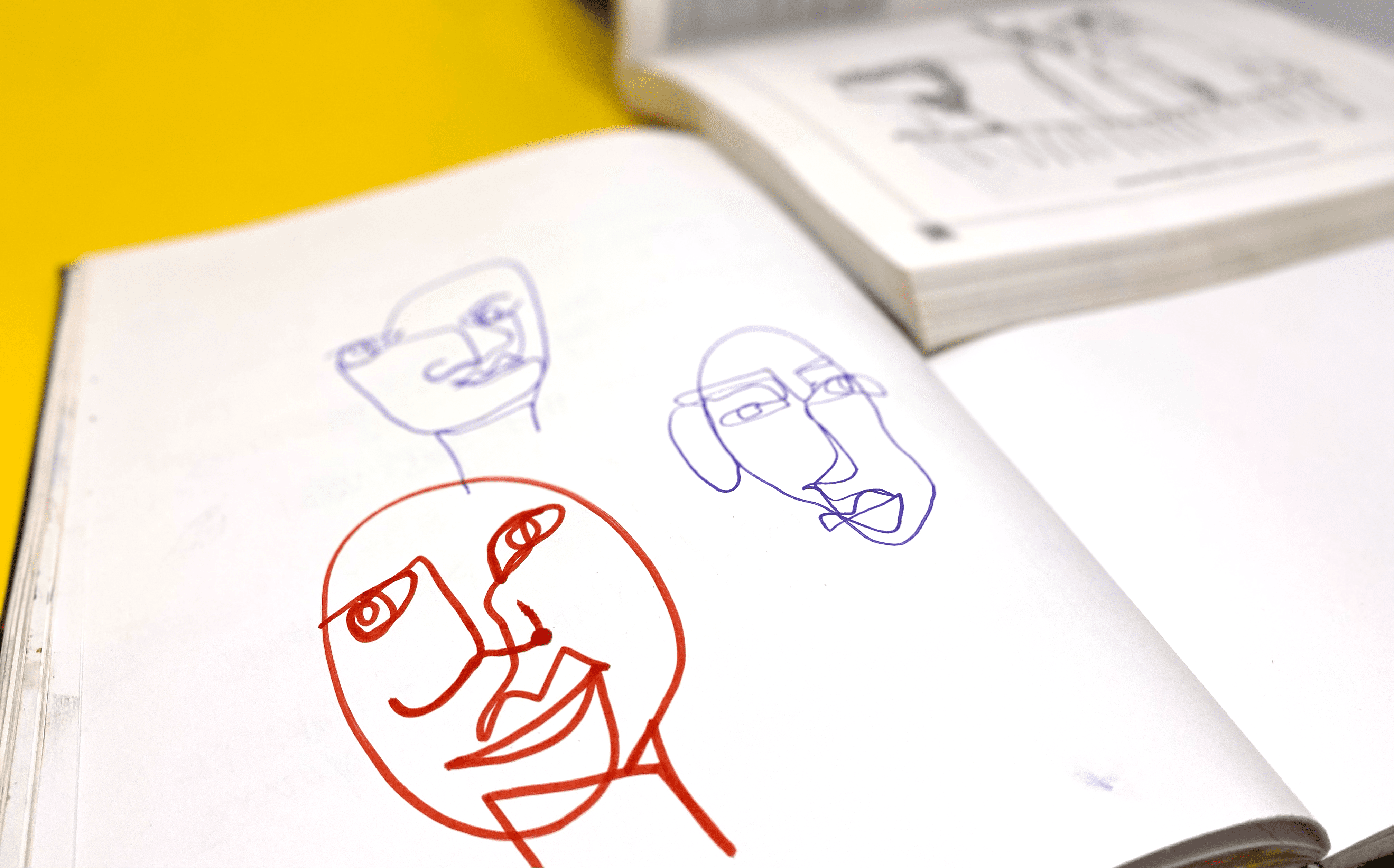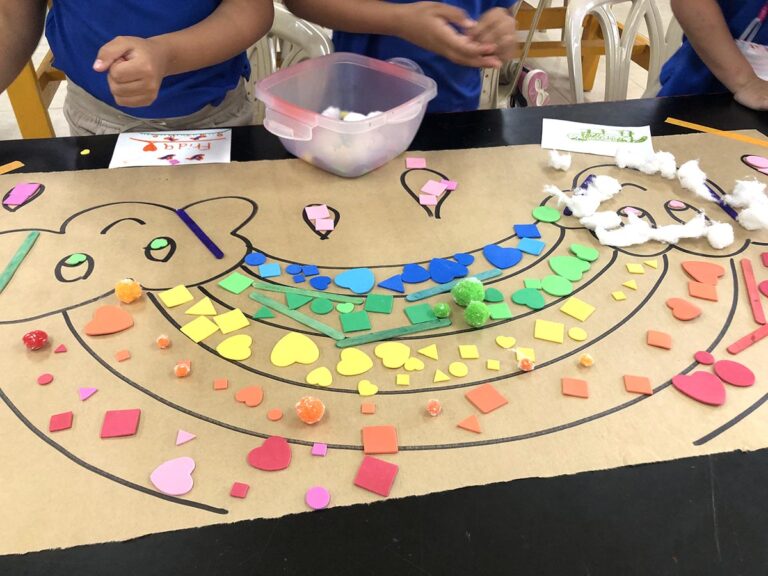Did you know one billion people, or 15% of the world’s population, experience some form of disability? The CDC defines disability as “any condition of the body or mind that makes it more difficult for the person with the condition to do certain activities and interact with the world around them.”
The word “disability” encompasses conditions from birth, disorders gained later in life, mobility, cognition, vision, hearing, behavior, and more. We interact daily with students who have varying disabilities in a mainstream classroom.
It’s imperative to create a safe and welcoming space for everyone so that all students can learn and thrive.

The first step in cultivating a safe and welcoming space is to increase awareness and understanding through removing ableist language. Forbes describes ableism as any statement, behavior, or structure that assumes a person with a disability is of lesser value. Research shows we all have implicit bias; we perceive people with disabilities differently, even if we don’t consciously know we are doing it. Removing ableist language must be an intentional decision.
Here are 3 ways to eliminate ableist language in the art room:
1. Use alternative adjectives.
Words hold a lot of weight. Disabilities and disorders aren’t adjectives—yet, we often hear them used as such. Furthermore, people tend to lean on these types of descriptions when casting people or situations in a negative light. This is not okay. We need to be aware of the impact of our words and model inclusive practices for students.
Here are some common examples of ableist language and alternative language to use instead:
Ableist Language: Lame
Alternative: Uncool, Tacky, Cheesy, Awful, Bad, Unpleasant
Ableist Language: Retarded, Spazzy
Alternative: Funny, Silly, Cheesy, Nonsense
Ableist Language: OCD
Alternative: Neat, Orderly, Meticulous
Ableist Language: Depressed (When referring to emotions, not mental illness)
Alternative: Sad, Down, Blue, Upset
Ableist Language: Stupid, Dumb
Alternative: Pointless, Perplexing, Annoying, Irritating, Obnoxious, Confusing, Silly, Frustrating
Ableist Language: Insane, Crazy, Nuts (To describe intensity)
Alternative: Wild, Intense, Awesome, Amazing, Very, Really, Fascinating, Extreme
Ableist Language: Insane, Crazy, Nuts (To describe absurdity)
Alternative: Absurd, Outrageous, Unacceptable, Unreal, Unreasonable, Ridiculous
Ableist Language: Bipolar
Alternative: Back and Forth, Erratic, Indecisive, Unstable
Ableist Language: Psycho, Psychotic
Alternative: Strange, Criminal, Evil, Threatening
2. Minimize the body as a metaphor.
Have you ever heard any of the following statements:
“Are you blind? The paint is right there!”
“Are you deaf? The teacher asked you three times!”
These statements are widespread. Most of us have encountered students who are blind or deaf in our classrooms. Terms and metaphors like “blind spot” or “falling on deaf ears” are stated with good intentions but are rooted in ableist connections. Using this type of language diminishes and desensitizes us to these disabilities and assumes students with disabilities are of a lesser mental state.
3. Rename “blind contour” work.
Here’s where it gets a little tricky. Artists and art teachers have used the term “blind contour” drawing for years. While it is a useful drawing exercise, it is possible to alter the title to be more inclusive. Trying to replace a term that has been used for centuries is not easy—it will sound strange at the beginning!

One of the following could serve as a replacement:
- Sightless Contour Drawing
- Pure Contour Drawing
- Observant Contour Drawing
- Covered Contour Drawing
Something as simple as the words you choose can have a big impact when it comes to creating an inclusive environment. It might take some getting used to, but taking steps toward removing ableist language from your assignments and techniques is important. You may even consider discussing the change with students. Including them in your intentional shift from ableist to inclusive language may increase their cultural awareness.
These three ideas for eliminating ableist language are a solid start to building a safe place to learn for all students in your art room. It will take intentionality and a shift in mindset, but modeling these words, behaviors, and attitudes will help set the tone for a more inclusive experience.
What other ableist language should be avoided?
Do you think we should stop using the term “blind contour?”
Magazine articles and podcasts are opinions of professional education contributors and do not necessarily represent the position of the Art of Education University (AOEU) or its academic offerings. Contributors use terms in the way they are most often talked about in the scope of their educational experiences.





